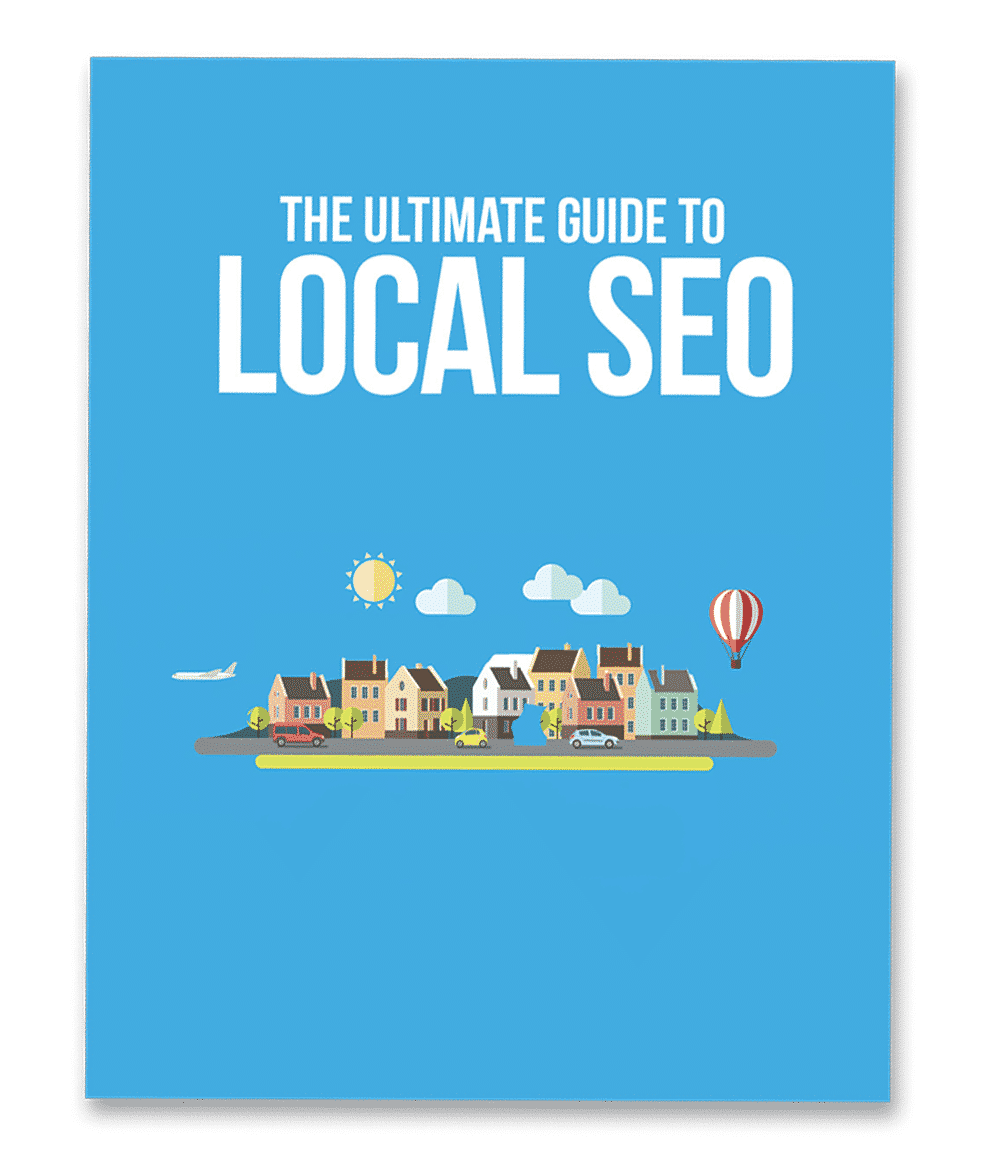Med Spa Web Design
In today’s digital age, a well-designed website is essential for medical spas to establish a strong online presence, attract potential clients, and showcase their expertise and offerings. A medical spa website serves as a virtual storefront, providing visitors with their first impression of the spa and influencing their decision to engage with its services. Effective website design goes beyond aesthetics; it encompasses user experience, functionality, and conversion optimization to create a seamless and engaging online experience for visitors.
Understanding the Importance of User Experience (UX)
User experience (UX) is a critical aspect of website design for medical spas, as it directly impacts how visitors interact with and perceive the site. A positive UX ensures that visitors can easily navigate the site, find the information they need, and complete desired actions, such as booking appointments or contacting the spa. Key elements of a good UX include intuitive navigation, clear calls-to-action (CTAs), fast load times, mobile responsiveness, and accessible design. By prioritizing UX in website design, medical spas can create a positive first impression and encourage visitors to explore further.
Reflecting Brand Identity and Values
A medical spa website serves as a digital representation of the spa’s brand identity, values, and unique selling proposition. Through design elements such as color scheme, typography, imagery, and tone of voice, the website should reflect the spa’s brand personality and convey its commitment to excellence, professionalism, and client satisfaction. Consistency in branding across all touchpoints, both online and offline, helps to build brand recognition and trust among potential clients, reinforcing the spa’s reputation and credibility in the industry.
Prioritizing Mobile Responsiveness
With an increasing number of users accessing the internet through mobile devices, mobile responsiveness is no longer optional—it’s essential. Medical spa websites must be optimized for mobile devices, ensuring that they display seamlessly and functionally across a variety of screen sizes and resolutions. Mobile-responsive design not only improves the user experience for mobile users but also positively impacts search engine rankings, as Google prioritizes mobile-friendly websites in its search results. By prioritizing mobile responsiveness, medical spas can reach and engage with a broader audience and stay competitive in the digital landscape.
Creating Clear and Compelling Calls-to-Action (CTAs)
Effective calls-to-action (CTAs) are key drivers of conversions on medical spa websites, guiding visitors toward desired actions such as scheduling appointments, requesting consultations, or signing up for newsletters. CTAs should be clear, concise, and prominently displayed throughout the website, using compelling language that encourages visitors to take action. Design elements such as color contrast, size, and placement can help to draw attention to CTAs and make them stand out on the page. By strategically incorporating CTAs into the website design, medical spas can guide visitors through the conversion funnel and maximize engagement and conversions.
Showcasing Treatments and Services with High-Quality Imagery
Visual content plays a crucial role in medical spa website design, as it helps to showcase treatments, services, and facilities in a compelling and engaging way. High-quality imagery, including before-and-after photos, treatment videos, and virtual tours of the spa, can evoke emotions, build anticipation, and inspire trust and confidence in potential clients. The use of professional photography and videography ensures that the spa’s offerings are presented in the best possible light, conveying the quality and expertise that clients can expect when visiting the spa.
Providing Comprehensive Information and Educational Content
A medical spa website should serve as a comprehensive resource for visitors, providing them with the information they need to make informed decisions about their wellness and aesthetic goals. This includes detailed descriptions of treatments and services offered, information about the spa’s staff and credentials, FAQs, blog posts on relevant topics, and educational resources such as skincare tips and wellness advice. By providing valuable content that addresses the needs and interests of potential clients, medical spas can position themselves as trusted authorities in the industry and attract more qualified leads.
Optimizing for Search Engines (SEO)
Search engine optimization (SEO) is essential for ensuring that a medical spa website ranks well in search engine results pages (SERPs) and attracts organic traffic from potential clients. SEO best practices, such as keyword optimization, meta tags, schema markup, and internal linking, should be incorporated into the website’s design and content strategy. Additionally, optimizing for local search can help medical spas attract clients in their geographic area by including location-specific keywords, creating location pages, and optimizing their Google My Business profile. By prioritizing SEO in website design, medical spas can improve their visibility and attract more qualified leads through organic search.
Building Trust with Testimonials and Reviews
Testimonials and reviews are powerful tools for building trust and credibility with potential clients, especially in the competitive medical spa industry. Including testimonials from satisfied clients, along with positive reviews and ratings from reputable sources, helps to reassure visitors of the spa’s quality and reliability. Testimonials and reviews should be prominently featured on the website, ideally on the homepage or dedicated testimonials page, using authentic quotes and real-life success stories to showcase the spa’s track record of client satisfaction and success.
Implementing Secure Payment and Data Protection
For medical spas offering online booking or e-commerce capabilities, implementing secure payment processing and data protection measures is crucial. Visitors must feel confident that their personal and financial information is safe and secure when interacting with the website. Medical spas should integrate secure payment gateways, such as SSL encryption and PCI compliance, to protect sensitive data during transactions. Additionally, transparent privacy policies and terms of service should be provided to reassure visitors about the spa’s commitment to data protection and confidentiality.
Streamlining Appointment Scheduling and Booking
Appointment scheduling and booking functionality should be seamlessly integrated into the medical spa website to streamline the process for visitors. User-friendly booking forms, intuitive calendars, and automated confirmation emails can enhance the booking experience and reduce friction for clients. Medical spas may also consider incorporating online booking platforms or scheduling software that syncs with their website, allowing clients to easily view availability, select services, and book appointments directly from their desktop or mobile device.
Incorporating Interactive Elements for Engagement
Interactive elements such as quizzes, calculators, virtual consultations, and interactive galleries can enhance user engagement and create memorable experiences for visitors. For example, a skincare quiz can help users identify their skin type and recommend personalized treatment options, while a virtual consultation tool allows clients to explore treatment options and receive expert advice from the comfort of their own home. By incorporating interactive elements into the website design, medical spas can encourage visitor participation, increase time spent on the site, and foster deeper connections with potential clients.
Prioritizing Accessibility for All Users
Medical spa websites should be designed with accessibility in mind to ensure that all users, including those with disabilities, can access and navigate the site effectively. This includes adhering to web accessibility standards, such as providing alternative text for images, ensuring keyboard navigation compatibility, and optimizing text contrast for readability. Accessibility features not only improve the user experience for individuals with disabilities but also demonstrate the spa’s commitment to inclusivity and equality, enhancing its reputation and appeal to a diverse audience.
Integrating Social Proof and Social Media Integration
Social proof, such as user-generated content, social media mentions, and follower counts, can significantly influence visitors’ perceptions and decisions. Medical spas should integrate social proof elements into their website design, such as displaying real-time social media feeds, showcasing user-generated content, and highlighting social media testimonials and endorsements. Additionally, incorporating social media sharing buttons and seamless integration with social media platforms allows visitors to easily share content, engage with the spa’s brand, and amplify its reach across social networks.
Continuous Monitoring and Optimization
Website design is an ongoing process that requires continuous monitoring and optimization to ensure optimal performance and effectiveness. Medical spas should regularly analyze website analytics, user feedback, and conversion data to identify areas for improvement and optimization. This may involve A/B testing different design elements, experimenting with new features and functionalities, and iterating on the website design based on user behavior and preferences. By continuously monitoring and optimizing the website, medical spas can stay ahead of the curve and provide an exceptional online experience for visitors.
Staying Updated with Industry Trends and Technologies
The field of website design is constantly evolving, with new technologies, trends, and best practices emerging regularly. Medical spas must stay updated with industry trends and advancements in web design to remain competitive and innovative. This may involve attending industry conferences, participating in web design forums and communities, and collaborating with experienced web designers and developers. By staying abreast of the latest trends and technologies, medical spas can leverage new opportunities to enhance their website design and stay ahead of the competition.
Conclusion
In conclusion, medical spa website design plays a crucial role in establishing a strong online presence, attracting potential clients, and driving conversions. By prioritizing user experience, reflecting brand identity and values, optimizing for search engines, incorporating interactive elements, and continuously monitoring and optimizing performance, medical spas can create a website that effectively communicates their expertise, inspires trust and confidence, and delivers an exceptional online experience for visitors.


